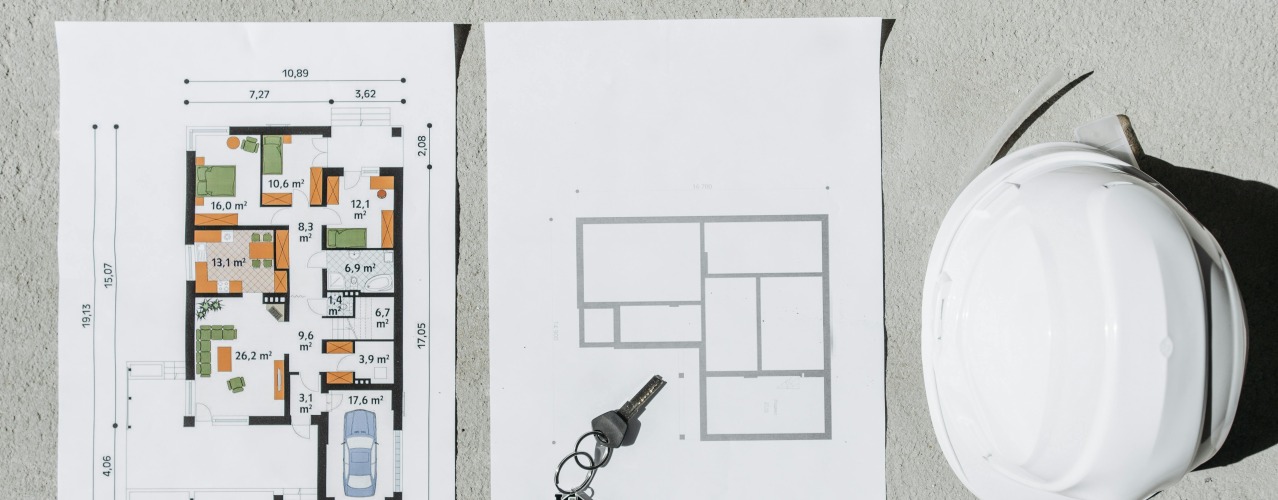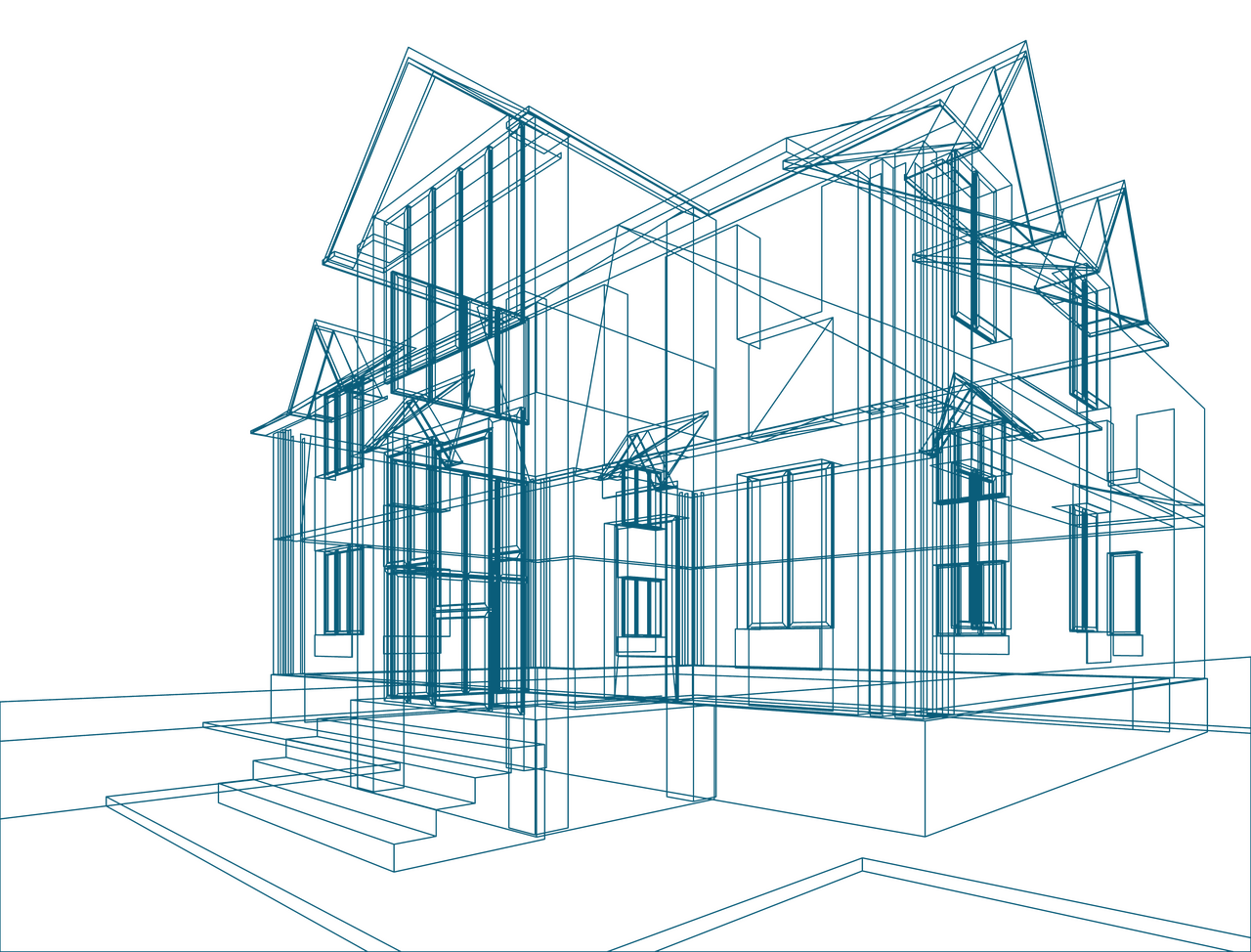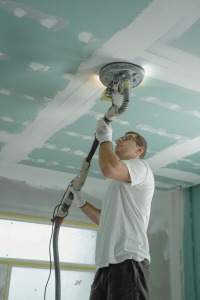

Market report
Home Interiors & Renovation Trends
Explore the latest market reports and insights on the European consumers and their home improvement behaviour by visiting USP Research's page on the European Home Improvement Monitor. Gain valuable data and trends to stay informed about the home improvement market and consumer behaviour.
Blogs I published 06 May 2025 I Dirk Hoogenboom
DIY vs. DIFM in Home Improvement: What Is Actually Happening?
Let’s start with something you might’ve heard recently – we can’t get anyone to install until October. Our sales are split down the middle. That job was supposed to be DIFM, but the customer decided to just do it themselves. Sound familiar?
Suppliers, category managers, brands and distributors have been hearing and feeling some version of these punchlines for the past couple of years. Everyone expected the home improvement market to lean heavily into DIFM. The logic made sense: aging homeowners, rising complexity, shrinking patience. But reality’s been more complicated because people don’t follow forecasts.
So, what we’re now actually seeing across Europe is more of a tug-of-war driven by age, skill, cost, availability and cultural norms. But when you zoom out, there’s a clear pattern forming. Let’s go over the specifics and break down what’s really going on in home improvement.
Anticipating the DIFM Boom
Rewinding to 2019, DIFM accounted for about 41.2% of all home improvement work across Europe, with DIY at 58.7%. Then COVID hit, and things changed almost instantly; DIY surged to 62% – some of it hobby-based, some of it necessity – and DIFM dropped to 37.2% by 2022. But since then, it’s been working its way back. Come 2024, the share of DIFM reached 39.3% – a small, but steady recovery from a low point.
Make no mistake, DIY is still ahead. In 2024, 60.7% of home improvement work in Europe was being done by the homeowner. So yes, outsourcing is rising, but humbly – and it’s not overtaking anything anytime soon.
Why Spending Is Going Up
The main reasons people say they’ll spend more on home improvement in 2025 are pretty simple: more work, bigger jobs and higher prices. It’s not about lifestyle upgrades or trend-chasing. It’s just basic backlog, cost pressure and catching up on long overdue maintenance.
Don’t confuse that with high-end project growth, though. The spend is functional, not flashy.
Labor: Scarce, Expensive and Delayed
Labor shortages across much of Europe are still straining capacity. Ask anyone trying to schedule an installer and they’ll most likely tell you there’s a backlog. So, on the off chance that people do look to outsource, they’re immediately hit with high prices, long waits or both.
34% of consumers cite cost as the #1 barrier to outsourcing, a tangible setback pointing them toward cheaper alternatives.
What’s Driving DIY?
It’s easy to assume that older people outsource – they have more money and less will – and younger people DIY – they have less money, more will and a post-pandemic savviness – but the numbers don’t back that up.
- 35–54 year-olds are the most DIY-active, with 64% doing jobs themselves
- The 55+ group follows closely at 63%
- 18–34 year-olds are least likely to DIY – only 55% of them are up for it
The real split shows up when we look at experience. Of those who describe themselves as having no experience, only 45 percent DIY. Light DIYers are at 63% and experienced renovators at a solid 76%. Meaning… these activities correlate strongly with confidence:
- 76% of self-identified renovators do their own jobs
- 63% of light DIYers do as well
- among those with no experience, only 45% take on the work themselves
What that means: people DIY when they feel like they know what they’re doing. So it’s not a generational thing or an age thing, it has more to do with know-how.
Europe Doesn’t Move as One
In some countries, DIY is still the rule. Germany leads with 70.1% of respondents doing home improvement themselves. France, Austria and Sweden are all in the mid to high 60s. The Netherlands is just above 60%.
Italy, Belgium, and Spain – on the other hand – show far lower DIY rates, in some cases below 50%. The reasons? Many: cultural expectations, local labor dynamics, even regulatory environments. In some regions, hiring help is just how things are done. In others, there’s pride in doing it yourself. And price cuts. All these factor in greatly.
So if you’re working across Europe and thinking about it as a unified field – stop. It’s different behaviors, not one trend. What works in Berlin doesn’t work in Milan.

Outsourcing Is Changing
Let’s look at where the outsourced work is actually going. In 2024, 38% of outsourced jobs went to professional, specialized companies, and that’s still the largest market share. But the fastest-growing segment? Acquaintances. Friends, family, neighbors, semi-skilled freelancers. That category jumped significantly, from 19% in 2023 to 29% in 2024. That can’t be ignored.
Why? Again – cost. People want help, but they’re working around the traditional system. Not because they want to, but because they feel they have to.
The Acquaintance and Multi Skill Economy
The next wave of demand will most likely come from the middle of the market. It’s not the DIYers with off-brand drills or the professional firms with vans and a website. It’s the part-timers, side hustlers, one-man crews that are quietly becoming key players across all age groups… especially for low-to-medium-complexity jobs.
These aren’t the licensed HVAC crews or full renovation contractors. They’re a neighbor who paints, a cousin who tiles and your best man’s brother-in-law with golden hands, filling the gap left by expensive or unavailable pros.
Job Types: Decorative Is Up, Constructive Is Capped
What kinds of work are people actually doing?
- Decorative jobs (think paint, flooring, wallpaper, furniture upgrades) are trending up. In Q4 2024, 61% of consumers said they expect to do more large decorative jobs in 2025. For smaller decorative work, it was 57%
- Constructive jobs – both small and large – are flatter. Between 52–60% of people said they expect no increase in activity here
That means consumers are investing in aesthetics and functionality, i.e. things they can tackle themselves or feel confident outsourcing affordably. But major structural or technical projects? They’re more sensitive to cost and labor availability.
This Market Isn’t Shifting, but Spreading
Forget the idea that DIY is being replaced. It’s not. What we’re seeing instead is that DIFM is diversifying. More people are outsourcing, but not in a traditional sense. They’re using smaller crews, informal help and semi-pros. They’re making different trade-offs than they were five years ago.
At the same time, the DIY market is holding steady. People who have skills – and especially those who’ve built up some experience, confidence or pastime – are staying in the game. And country by country, it’s playing out in completely different ways.
This isn’t a shift from DIY to DIFM. It’s a spreading out into multiple paths. And if you’re only positioned to serve one of those paths, you’re behind.

Conclusion
If you’re still waiting on DIY to collapse or DIFM to become the industry standard across the board, look again. We’re seeing more channels, more players, more grey areas between full-service outsourcing and weekend DIY. This isn’t a bad thing. It’s just different than what we expected, and if you’re willing to track the nuance – who’s doing the work, who’s buying the materials, and what the local habits really look like – you’ll quickly see where the opportunities are moving.
If you’re keen on making real decisions, keep an eye out for upcoming webinars, new blog breakdowns and deeper reports where we unpack all of it.
Home Improvement Consulting Services for You
We provide tailor-made market research and off-the-shelf reports, both B2B & B2C, qualitative and quantitative. Here are some you might be interested in
Monitor and improve client relationships to drive loyalty and repeat business in construction.
Map out key interactions and pain points to refine the overall construction experience.
Identify the aspects of service or product that most impact satisfaction in construction projects.






